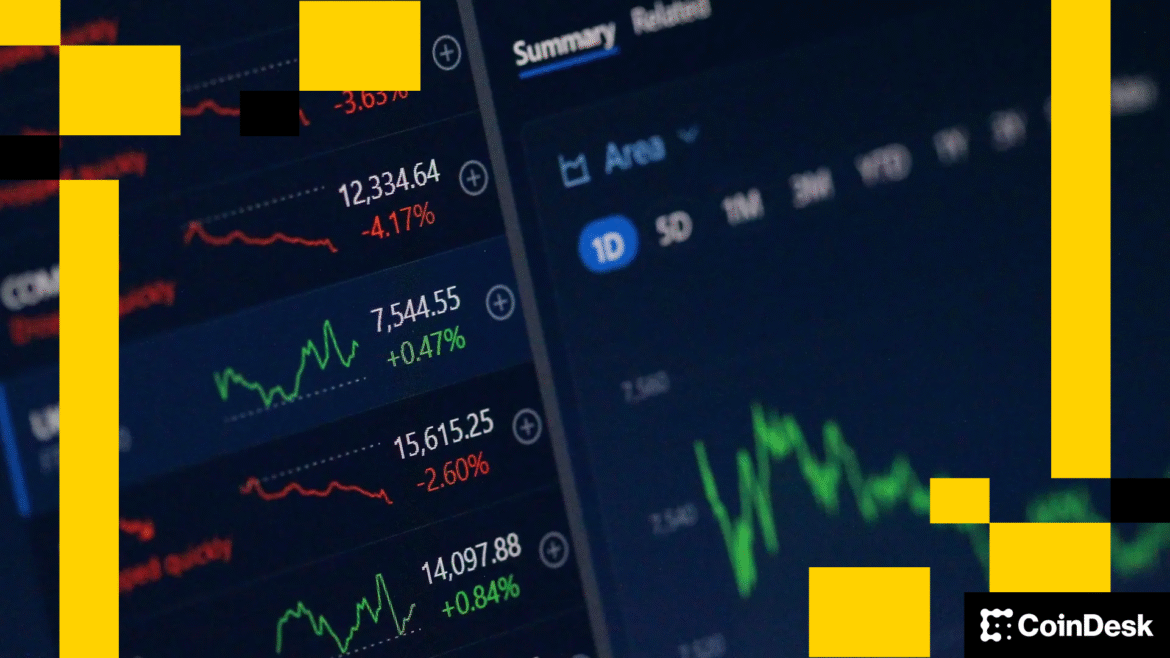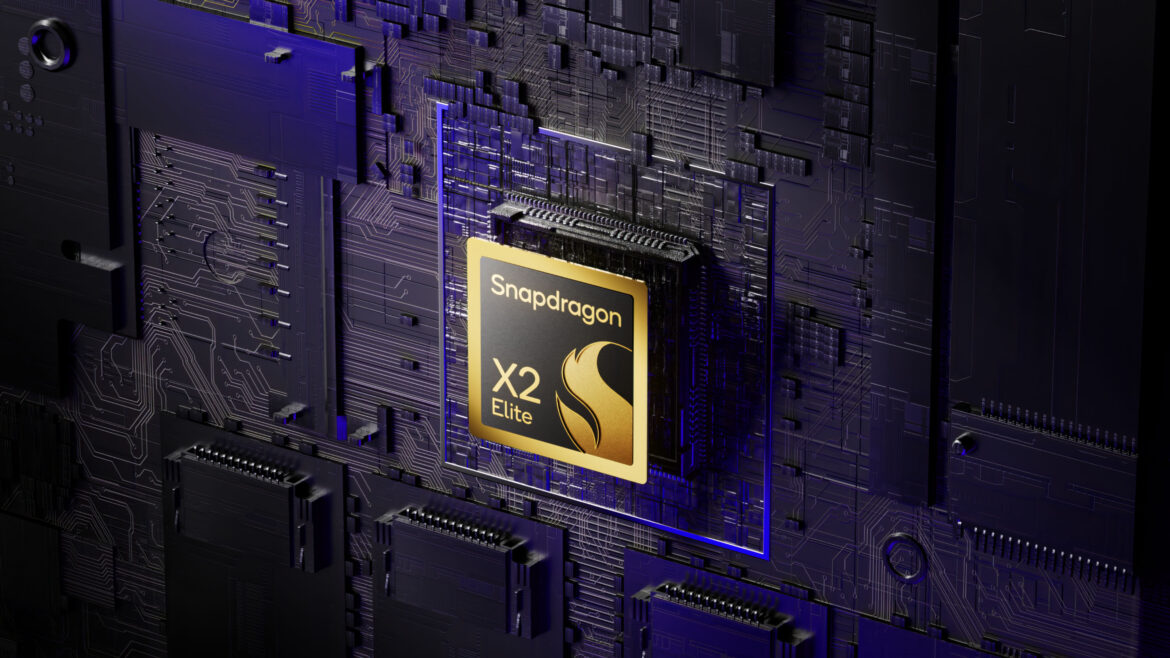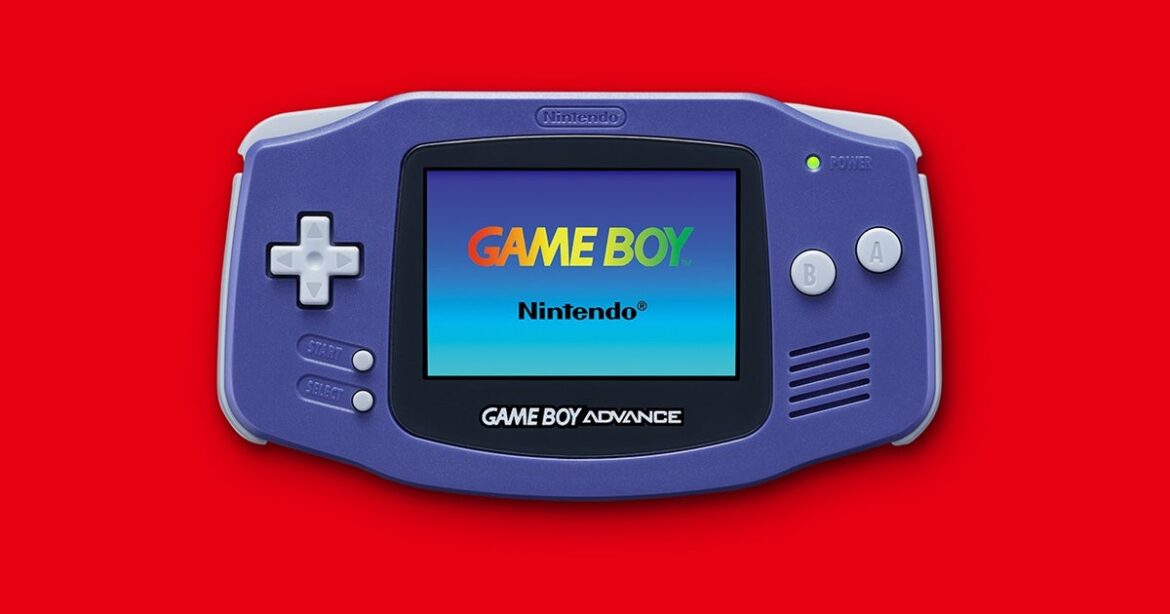Chainlink said it developed a technical process allowing banks to interact with tokenized investment funds through Swift, the interbank messaging system that underpins much of traditional finance.
In a pilot with UBS, Chainlink’s Runtime Environment (CRE) processed subscriptions and redemptions for a tokenized fund using ISO 20022 messages, the international standard for financial messaging used by Swift.
The blockchain workflows were triggered directly from UBS’s existing systems after CRE received the Swift messages. It then triggered the subscriptions or redemptions in the Chainlink Digital Transfer Agent, according to a press release shared with CoinDesk.
The setup lets banks access blockchain infrastructure using tools they already use, like Swift, while Chainlink’s infrastructure handles the rest.
The pilot builds on previous work from Project Guardian, a tokenization initiative led by Singapore’s central bank. The latest development adds in interoperability that enables institutions to use Swift to trigger on-chain events.
The launch comes after Chainlink announced a separate pilot with 24 global banks and financial infrastructure providers like DTCC and Euroclear. That project used Chainlink’s tools and AI to extract and standardize data from corporate action announcements, a process that currently costs the industry an estimated $58 billion annually.
Read more: SWIFT to Develop Blockchain-Based Ledger for 24/7 Cross-Border Payments










